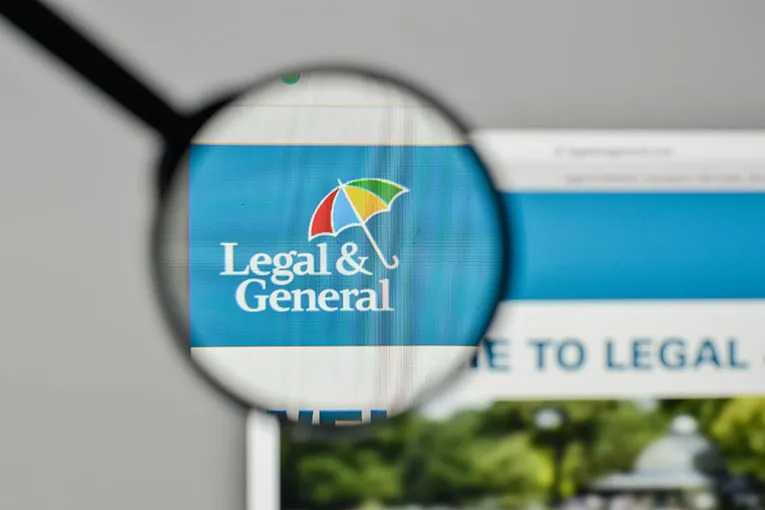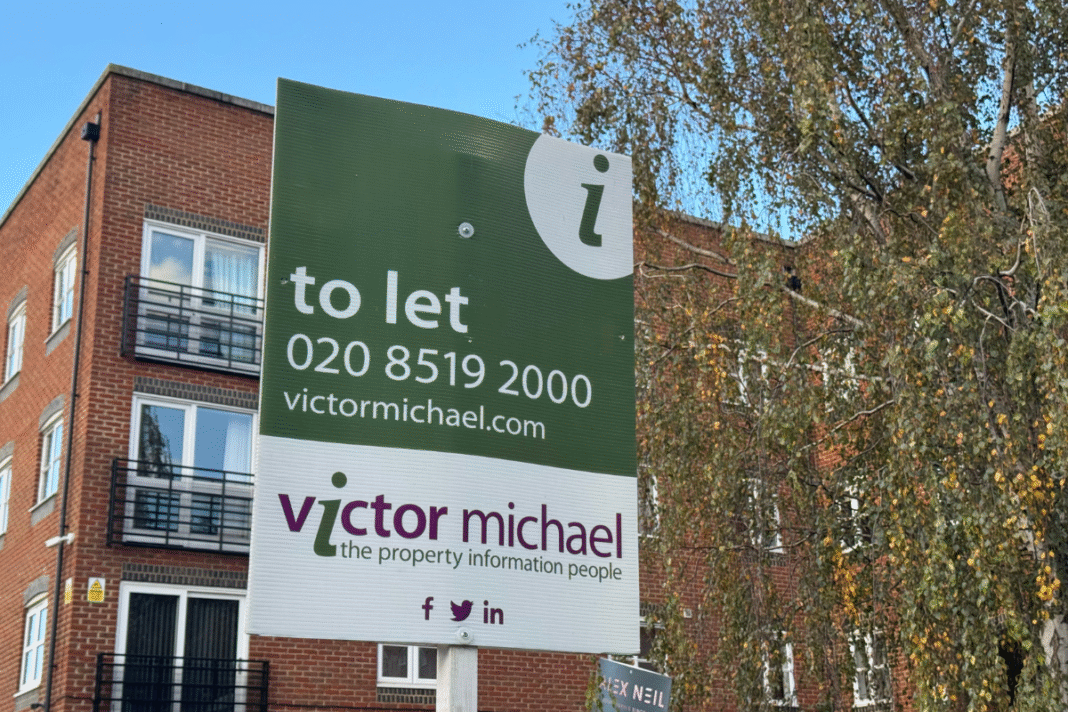Scotland’s rent control regime has led to a sharp rise in the proportion of landlords increasing rents each year, reversing the policy’s intended effect and placing Scottish tenants under greater pressure than those elsewhere in Great Britain, according to new analysis from Hamptons.
The agency found that 67% of Scottish landlords have raised rents so far this year, the highest share of any region and well above the Great Britain average of 58%.
Scottish landlords were also more likely to increase rents in 2024, suggesting a structural shift in behaviour since controls were introduced in 2022.
Between September 2022 and April 2023 rent increases for existing tenants were capped at 0%, rising to 3% in the following year.
FREQUENT INCREASES
Since April 2024, landlords have been permitted to propose increases up to the lowest of the open market rent, their proposed figure or a “permitted rent” where the tenant is paying at least 6% below market levels.
Analysts say this framework has encouraged landlords to make smaller, more frequent increases to avoid tenants falling too far below market rates.
While the average size of rent increases imposed by Scottish landlords this year – 10.1% – was below the 12.2% Great Britain average, the higher proportion of landlords raising rents means overall rental growth in Scotland is outpacing the rest of the country.
Newly let rents rose 2.5% in the year to October, one of only two regions to see growth of more than 2% at a time when new rents nationally have fallen for three consecutive months.
SURGE IN NEW-LET RENTS
Since the 3% cap was relaxed in April 2024, new-let rents in Scotland have surged 7.3%, exceeded only by the North East of England.
Over the past five years, newly agreed rents in Scotland have climbed 36%, compared with 32% across Great Britain. Renewals have followed a similar trajectory.
Rent disputes remain relatively rare. Around 1,000 cases reached Rent Service Scotland in the year to April 2025 – roughly 1% of landlord-tenant relationships. Most involved tenants paying far below market rates. While average proposed increases were 20%, rent controls reduced the typical approved rise to 9%.
With “Rent Control Areas” proposed from 2027 – potentially capping increases at CPI+1% up to a maximum of 6% – experts warn landlords may continue to pre-empt tighter restrictions by raising rents more frequently.
“Rent controls rarely work as intended.”
David Fell (main picture, inset), Lead Analyst, at Hamptons, says: “The evidence from Scotland suggests that rent controls rarely work as intended. At best, they delay rent increases; at worst, they set a new benchmark where landlords feel compelled to increase their rents every year by the maximum allowed.
“Faced with uncertainty over future rules, many landlords choose to raise rents little and often rather than risk falling far below market levels.”
CAPS ARE A STICKING PLASTER
And he adds: “While the Renters’ Rights Act will give tenants more time and power to challenge rents at tribunal, the evidence suggests caps are only a sticking plaster.
“Longer term, the only way of making rents more affordable is to increase the number of homes available to rent and boost competition among landlords for tenants.
“Despite rents falling annually for the third straight month, landlords are still managing to agree above inflation increases when it comes to contract renewals.
“Typically, these are reducing the gap that opened up over the Pandemic between what tenants are currently paying, and what the property would achieve if it was re-let to a new tenant.”










